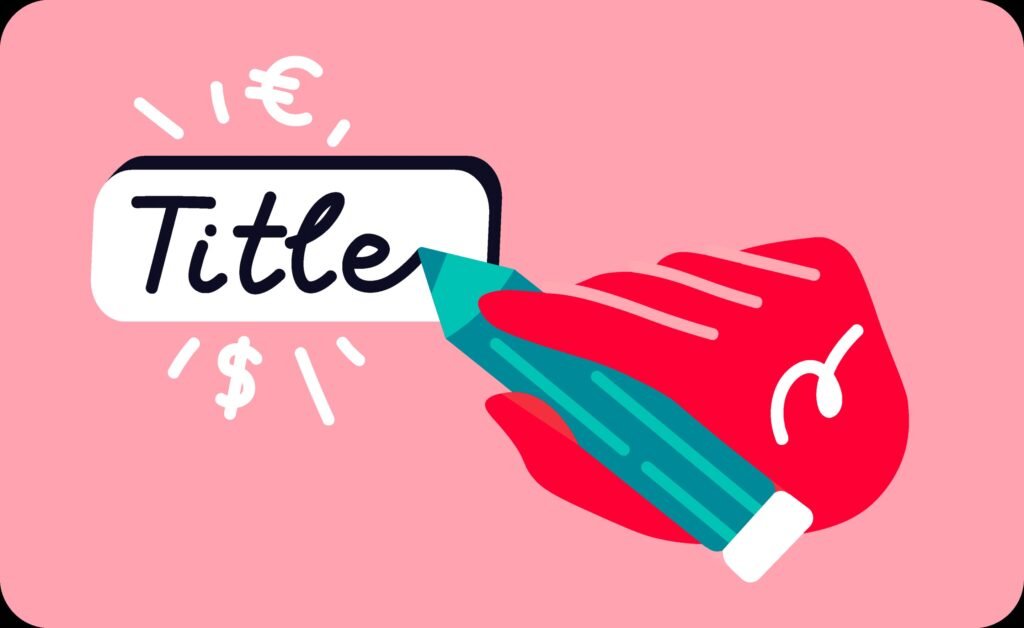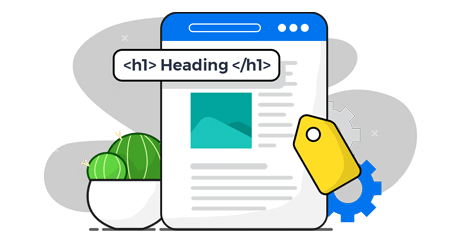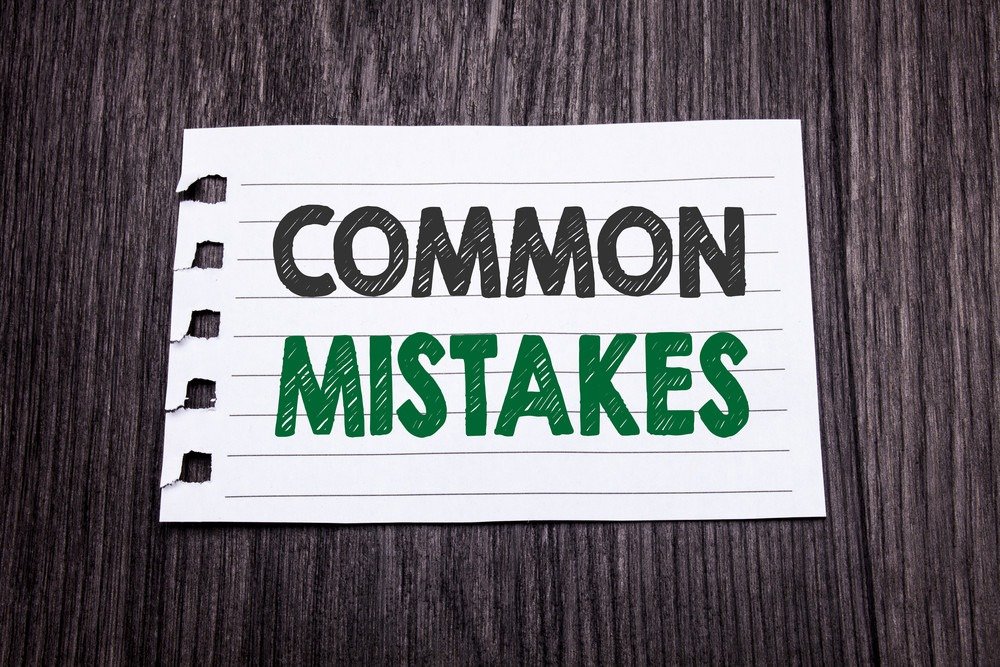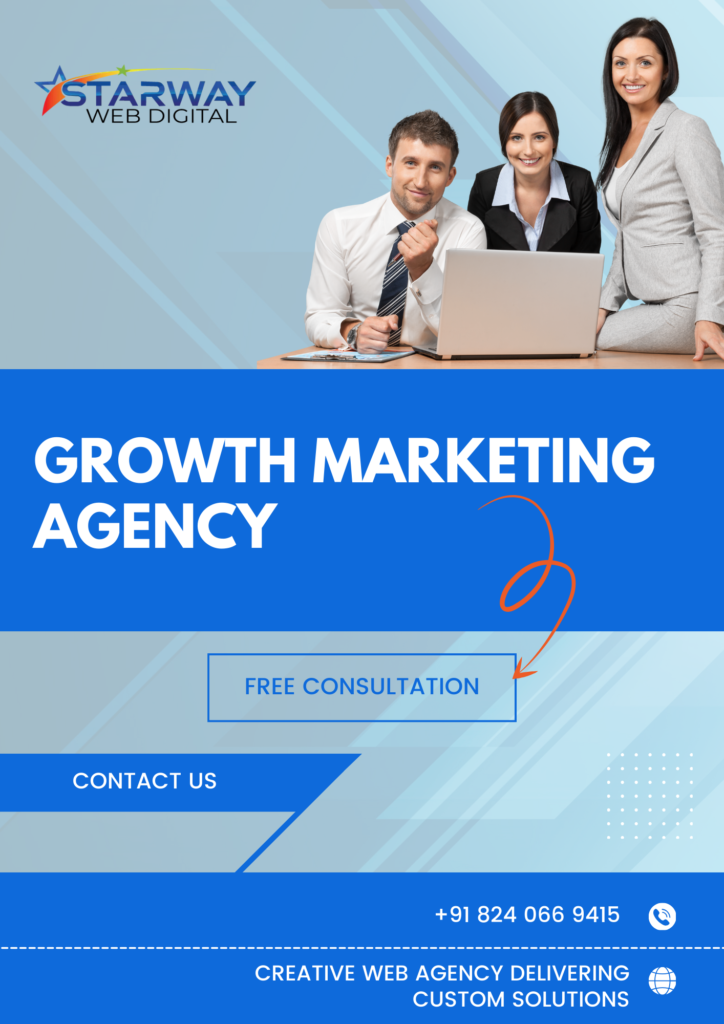In the ever-evolving world of digital marketing, understanding the fundamentals of on-page SEO is crucial. Whether you’re running a personal blog or managing a business website, optimizing individual web pages can dramatically impact your visibility in search engines. This guide will help you grasp the essentials of on-page SEO and how it contributes to higher rankings on Google.
What Is On-Page SEO?
On-page SEO refers to the practice of optimizing web page content and HTML source code to improve a website’s search engine rankings. Unlike off-page SEO, which involves external signals like backlinks, on-page SEO is entirely within your control. It includes elements like keyword optimization, meta tags, headers, internal linking, and content quality.
Why Is On-Page SEO Important?
Search engines aim to provide users with the most relevant and high-quality results. By optimizing your on-page elements, you signal to search engines what your content is about and why it deserves to rank. A well-optimized page can lead to:
- Improved visibility in search results
- Increased organic traffic
- Better user experience
- Higher engagement rates
- Lower bounce rates and higher conversion potential
Key On-Page SEO Elements
1. Title Tags

Your title tag is the first thing both users and search engines see. Make sure it:
- Contains your target keyword
- Is under 60 characters
- Is descriptive and relevant to the content
Example: What Is On-Page SEO? Learn How to Improve Google Rankings
2. Meta Descriptions
Though not a direct ranking factor, a compelling meta description can increase click-through rates. It should:
- Be between 150-160 characters
- Include the primary keyword and related terms
- Summarize the page content effectively
3. Header Tags (H1, H2, H3…)

Proper use of header tags improves readability and structure. Ensure that:
- The H1 contains your main keyword
- Subheadings use H2 and H3 to break down content logically
- Keywords and LSI terms are naturally incorporated
4. URL Structure
Short, clean URLs with target keywords tend to perform better. For example:
https://yourwebsite.com/on-page-seo-guide
Avoid dynamic URLs with long strings or irrelevant parameters.
5. Keyword Optimization

Maintain a keyword density of around 1% for the primary term, “what is on-page SEO,” and use related LSI keywords such as:
- SEO best practices
- On-site SEO tips
- SEO page optimization
- Search engine ranking factors
Place your keywords strategically:
- In the first 100 words
- In headers and subheadings
- Throughout the content naturally
6. High-Quality Content
Google values comprehensive, informative, and original content. Make sure to:
- Address user intent clearly
- Use a conversational and engaging tone
- Provide value through practical tips, examples, and visuals
Conducting a thorough SEO Audit during content creation can help identify gaps and ensure your pages meet technical and strategic benchmarks.
Long-form content generally performs better. Aim for articles with 1,000+ words that cover a topic in depth. Include supporting media such as infographics, videos, or screenshots to improve engagement.
7. Internal Linking
Linking to related pages within your site enhances navigation, distributes link equity, and helps search engines better understand your website’s structure. For instance, linking to your services, blog posts, or cornerstone content creates a strong internal web of relevance.
Use descriptive anchor text that matches the topic of the linked page, and avoid overusing exact-match keywords.
8. Image Optimization

Images should be optimized for both speed and SEO. Tips include:
- Use descriptive filenames and alt text
- Compress images to reduce load time
- Include keywords where relevant
- Implement lazy loading to improve page speed
9. Mobile-Friendliness
With mobile-first indexing, ensuring your site is mobile-friendly is essential. Use responsive design principles and test your site using Google’s Mobile-Friendly Test tool. Avoid elements like Flash, and ensure text is readable without zooming.
10. Page Speed
Fast-loading pages enhance user experience and rankings. Improve speed by:
- Minimizing HTTP requests
- Leveraging browser caching
- Using a Content Delivery Network (CDN)
- Minimizing JavaScript and CSS
- Optimizing your hosting environment
Schema Markup and Structured Data
Adding schema markup helps search engines understand your content better. Structured data can enhance your search listings with rich snippets such as:
- Star ratings
- FAQ dropdowns
- Event details
- Product specifications
Use tools like Google’s Rich Results Test and Schema.org to implement relevant markup.
Common On-Page SEO Mistakes to Avoid

- Keyword stuffing
- Duplicate content
- Broken internal links
- Ignoring image optimization
- Poor mobile usability
- Over-optimization or unnatural writing
- Neglecting content freshness and updates
Final Thoughts
Understanding what is on-page SEO is just the first step. By implementing these best practices, you can significantly boost your website’s visibility, usability, and ranking potential. Remember, SEO is not a one-time task but a continuous effort to align your content with both user expectations and search engine guidelines.
If you’re refining your strategy, it can be helpful to review advice on choosing the best SEO company that aligns with your business goals.




